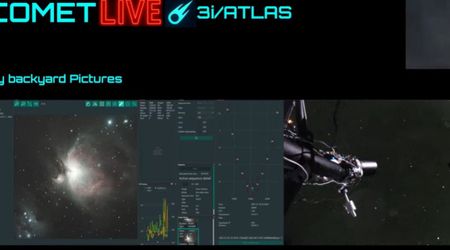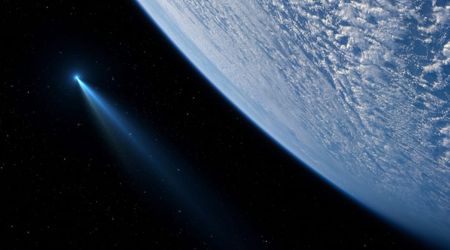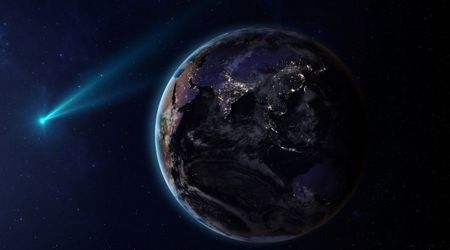December 2025 skywatching guide: Cold Supermoon, Geminid meteor shower and more
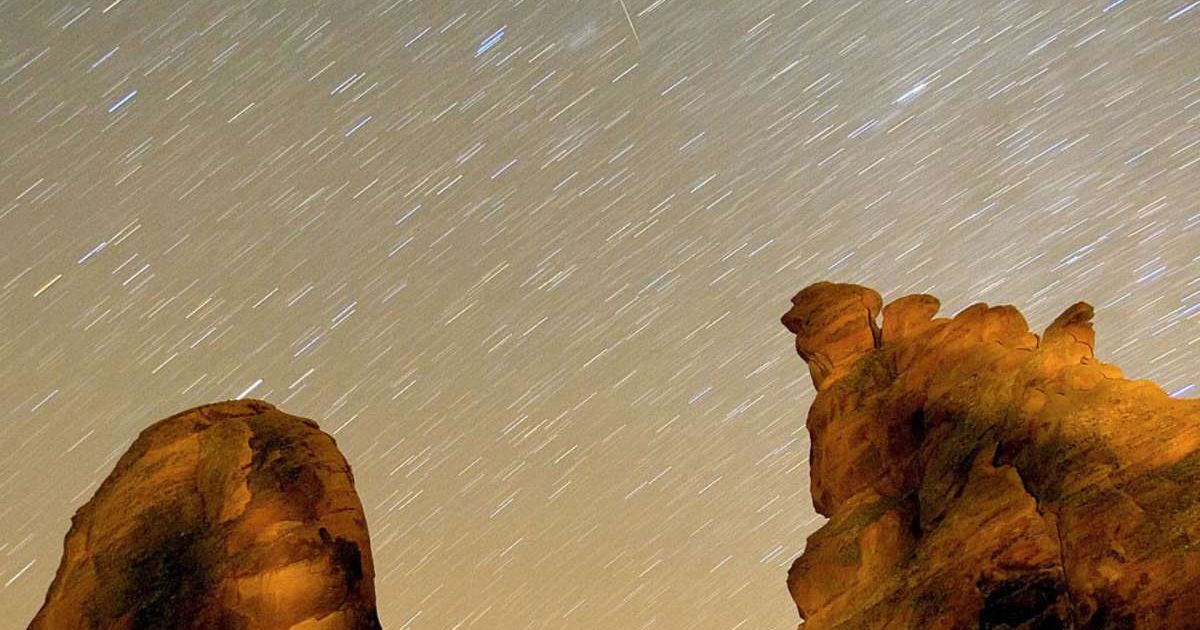
The last month of 2025 will bring an array of sky‑watching events, a celestial show for both beginners and seasoned enthusiasts. December will begin with a beautiful full moon, before treating us to meteor showers and planetary sights. With plenty to look forward to, here’s a guide to the sky of December.
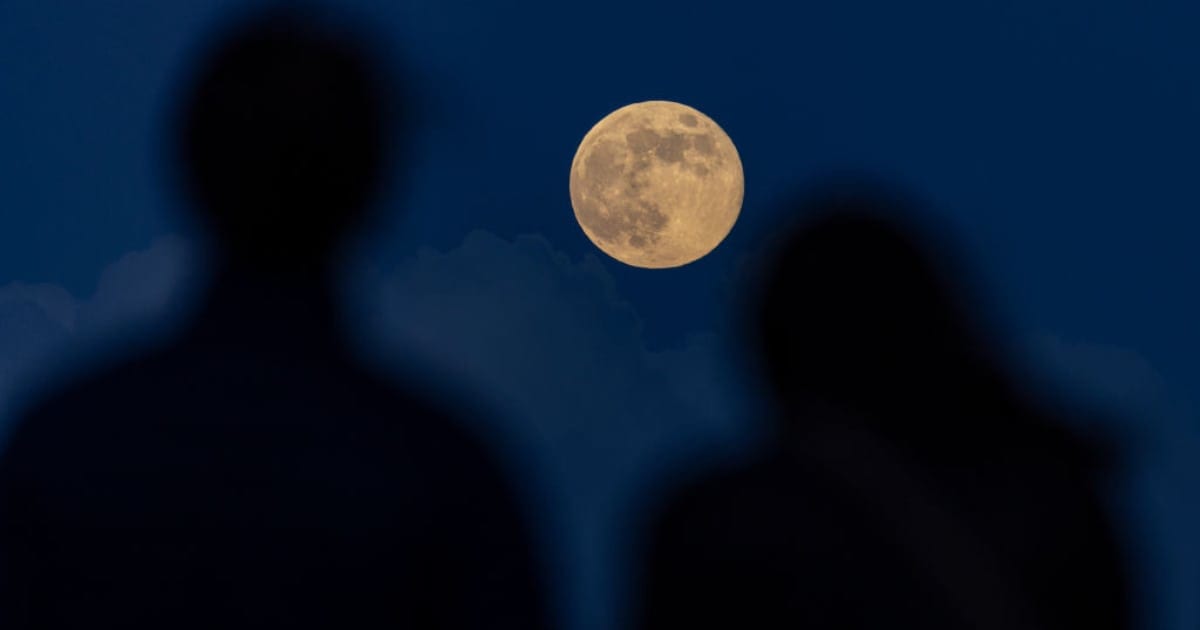
The Cold Moon arrives next month
Also known as Long Nights Moon, and the Moon before Yule, the Cold Moon will be at its brightest at 6:15 p.m. EST on December 4. In fact, the Cold Moon will also be the third and final of the Supermoons this year. A Supermoon occurs when the Moon is either at or near its perigee—its closest approach to Earth.

Mercury to shine bright far away from the Sun
Mercury will be experiencing its greatest western elongation, as it reaches its farthest distance from the Sun in the morning sky. The planet will shine at the highest point above the eastern horizon, as per the Almanac. Look for it low in the eastern sky just before sunrise on December 7.

Geminid meteor shower to grace the sky
One of the best and most reliable meteor showers of the year, the Geminid meteor shower will be active between December 1 and 21, per NASA. However, it will peak on the 12th and 13th of the month. And if you are lucky, you may be able to spot around 120 meteors per hour, according to Time and Date. The moon will be crescent and will not interfere with its light. Look for a dark location after 8 p.m., but stay out till midnight or pre-dawn to catch the peak.
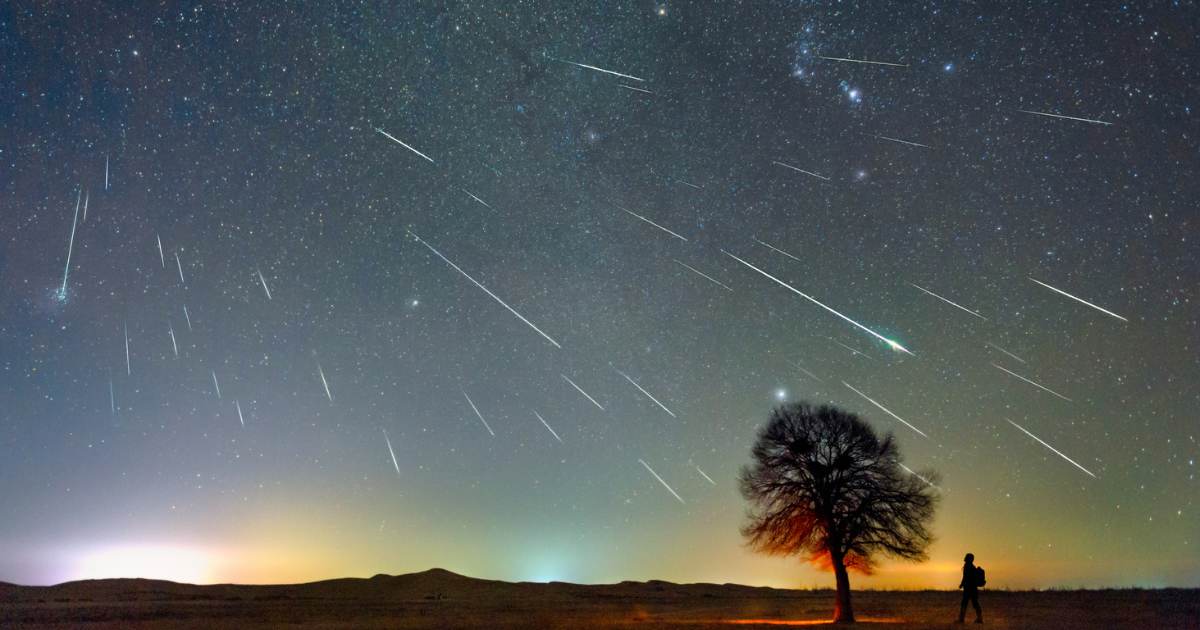
The New Moon will come bearing gifts
After the Moon and Mercury finish meeting in the sky on the nights of December 17 and 18, the Moon will reach a new phase on December 20, 2025. With no Moon and perfect dark skies, spotting star clusters and galaxies will be much easier.
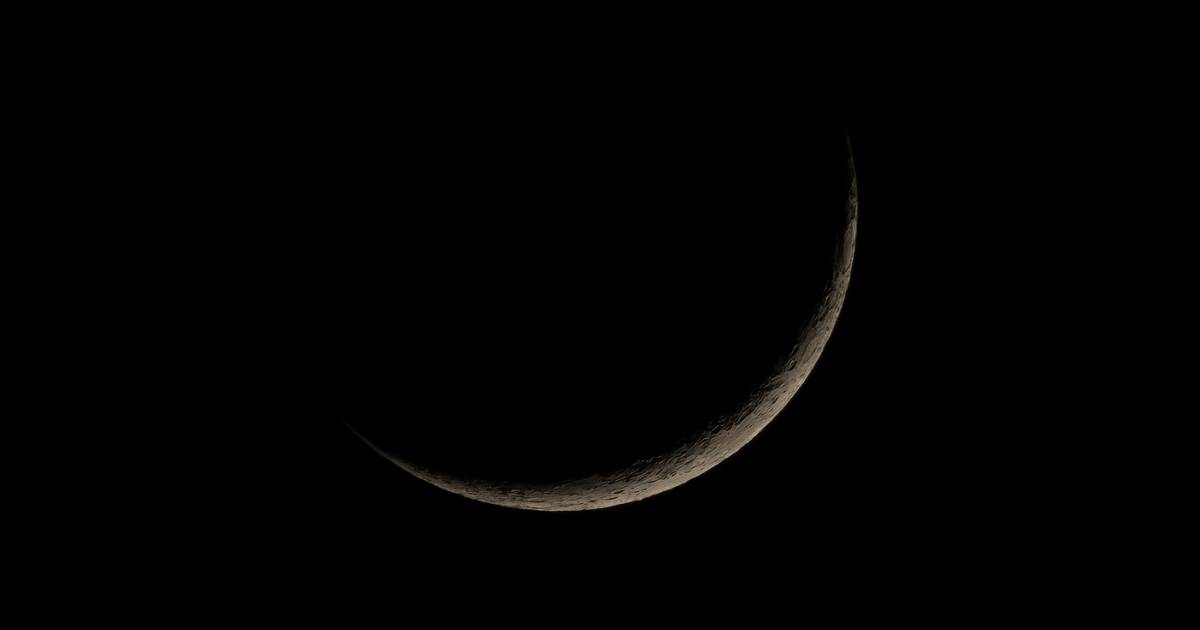
Ursid meteor shower to streak across the sky
The Ursids meteor shower is a minor shower that will peak on the nights of December 21–22. Expect around 5–10 meteors per hour, with a few higher bursts occasionally. The meteors will be radiating from the Ursa Minor constellation, but will be visible across the entirety of the sky. The best time to catch it will be between the evening of December 21 through dawn, per Space.com. Spotting will be relatively easy with the New Moon set to keep the skies dark.
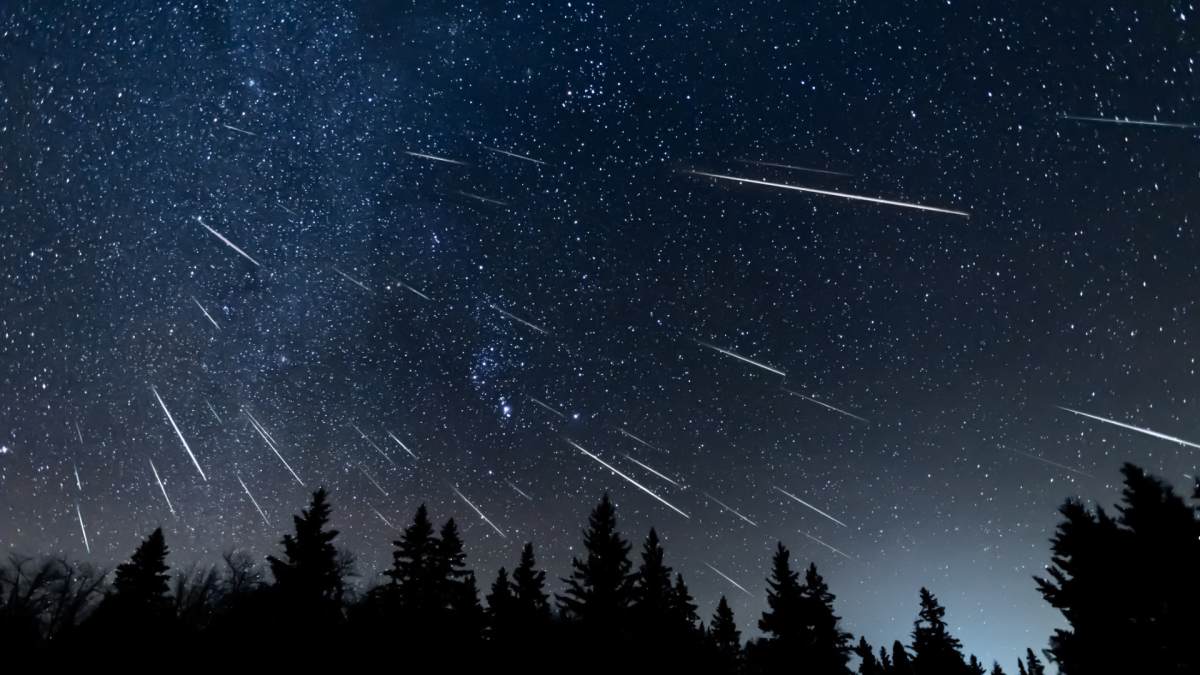
Venus will shine bright, and the Moon will meet Saturn
Throughout December, Venus will be visible in the southwestern sky, shining like a star in the early evening. Right after Christmas Day, on December 26, at around 10:34 p.m. EST (3:34 UTC on November 27), per In-The-Sky.org, our only natural satellite and Saturn will share the same right ascension, with the Moon passing 4°01' to the north of the ringed planet.
More on Starlust
Unknown asteroid flew past Earth closer than a satellite—and we didn't spot it until hours later
Bright green fireball traveling close to 100,000 mph lights up sky above Michigan's Great Lakes

